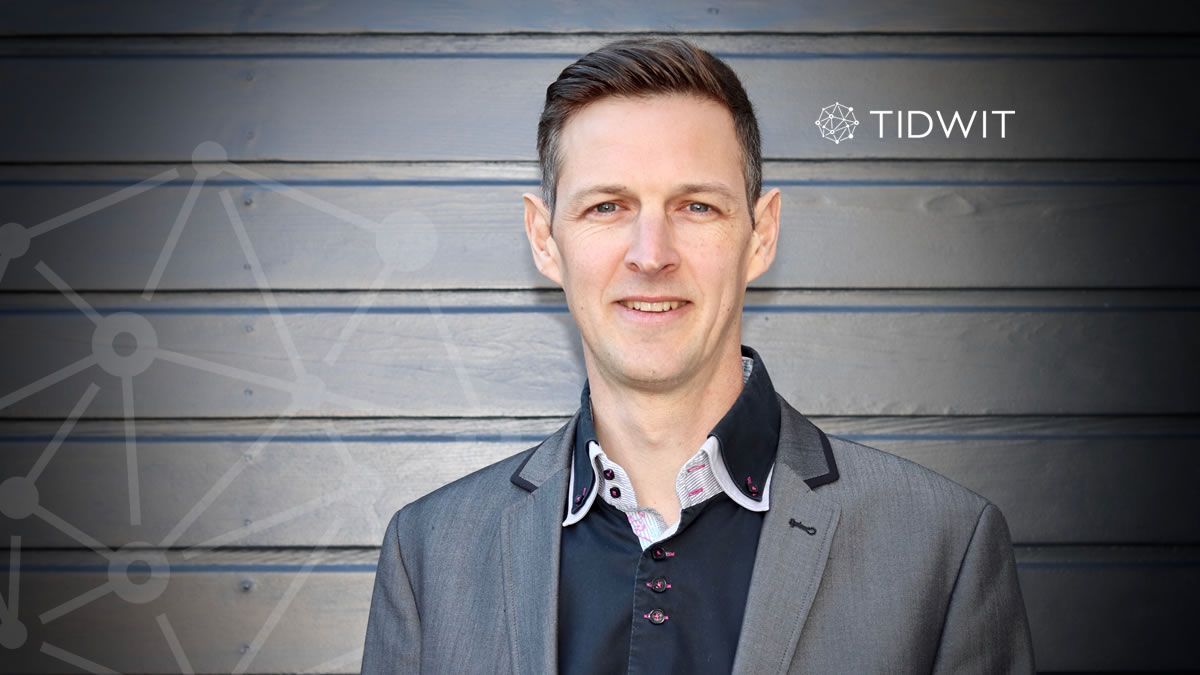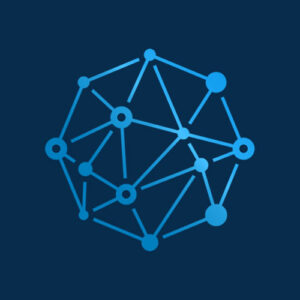An interview with Christophe Girault, Director of Platform and Customer Success at TIDWIT.
Q: Hi Christophe, thanks for sharing your perspectives today. What are some of the biggest challenges ecosystem organizations face in scaling the distribution of technical knowledge across their workforce, especially considering remote working conditions due to the COVID-19 crisis?
A: There are a couple of key challenges. First, and most important, is the challenge of identifying and gathering the most critical stack of content. Whether it is courses, videos, webinars or full curriculums, they are spread so widely across various partners and vendors it is clumsy and difficult to identify what is most relevant for your target audience.
The next challenge is efficiently communicating your selected content sets to the specific groups you are targeting. Sending a bunch of simple emails does not really scale and does not provide great tracking, it is hard to know what your audience is really doing with the content you are providing.
The third challenge is keeping track of who is doing what and when. For example, if you are a global head of Learning, how do you know how and when your learners are engaging with your training, when they have started and when they have completed it. You need to know this to effectively coach your learners through their journey, to proactively contact them with reminders to close any gaps in reaching your learning targets.
Q: Where do you see cloud ecosystem networks adding value in addressing these challenges?
A: It is all about better control and visibility. The data and the content flows through a common platform, allowing at any point in time trackability of who gets what and when. Speed is another benefit. A fully automated process with no intermediates is so much faster than a manual process with several intermediates, a lack of privacy, added risk and delays to the system. With a common ecosystem platform, you dis-intermediate all third parties and you plug the publisher together with the consumer directly. This increases publisher agility and efficiency. As a partner receiving content directly from your technology partner, you save time, increase your control, get more up to date information and go to market much faster. Cutting costs is a third benefit, as the removal of intermediates from an ecosystemsaves money in addition to time.
Q: Automated voucher management solutions from TIDWIT that drive more efficient scaling of certifications are gaining popularity. What is really behind that?
A: It is pretty simple. Humans are naturally inclined to be incentivized to do things. Learners like to be rewarded—that is what being accredited or certified is. Some of these certifications are kept for life, even if people change companies—so it is seen as very valuable. But having to pay, for example, $150 to be certified is big obstacle. By distributing free vouchers, technology companies like Microsoft remove this payment obstacle and make achieving the reward that much easier and the demand for certifications increase substantially. By helping our GSI partners automate the end-to-end distribution and tracking of these free vouchers, at scale, TIDWIT enables them to overcome several challenges. Let me explain. Distribution of these free vouchers is usually managed manually. Manual distribution of as many as 10,000 to 15,000 vouchers is very costly—some GSIs have full time employees to do it. And trying to control all the codes for the vouchers that are worth a lot of money through spreadsheets only is really hard to do. It is also very slow and inefficient, sometimes taking as long as two weeks to issue a voucher and people may be less ready to do the certification by the time the voucher arrives.
There is also no end to end tracking with these manual voucher processes, as people can’t always remember when the exactly a specific voucher was sent to a person, if it was sent multiple times, when it was received or any way to reconcile the information. And all the time an alliance manager is spending on a manual voucher process is time they are not spending on evangelizing technologies internally or building new programs to upskill your people. So, you really are not spending the time needed to upgrade the relationship with your partner. But by using TIDWIT automated voucher management, GSIs can maintain better control and compliance for voucher codes, customize communications and instructions for using the codes, and perform detailed real-time end to end reporting on voucher campaigns–saving time, saving money and focusing their people on building stronger strategic relationships.
Q: Why is metrics tracking so important?
A: It again comes down to human nature. People are measured and paid against metrics. A head of learning might be incentivized by the number of learning hours delivered, alliance managers may be paid on the number of certifications from their alliance partner achieved. If they are unable to measure how many people are getting certified through what system, they will not be paid their bonus.
Q: What are some major emerging trends in the learning space?
A: Micro-learning is a big one. That is where you break down big chunks of learning curriculum into small bits of content, sometimes as small as 10 to 20 minutes or even 1 to 2 minutes that can be consumed across any device, any time, any day. Even If you are on vacation, on a train or waiting for a plane, you take your smart phone and click on a very short video. A second trend that is in a very early stage is gamification, to make learning content more fun and to incentivize people to watch it. You can create challenges with leaderboards or games with a prize for the top performer—maybe even a voucher!







